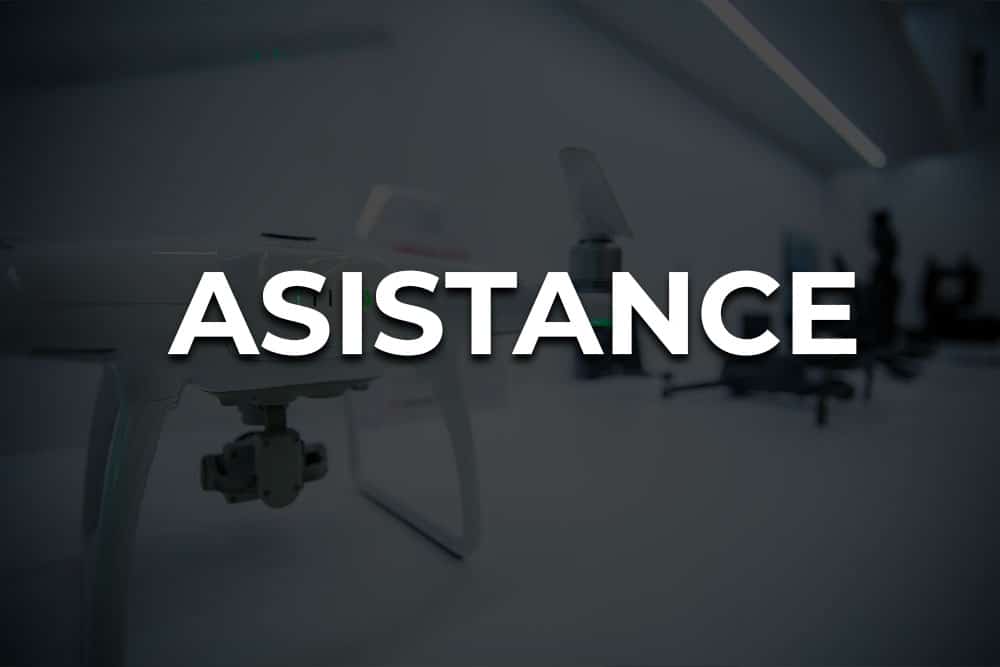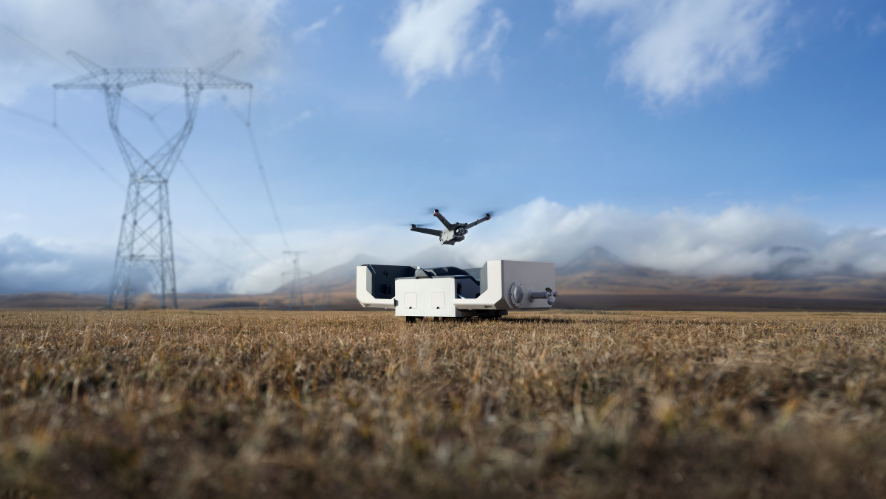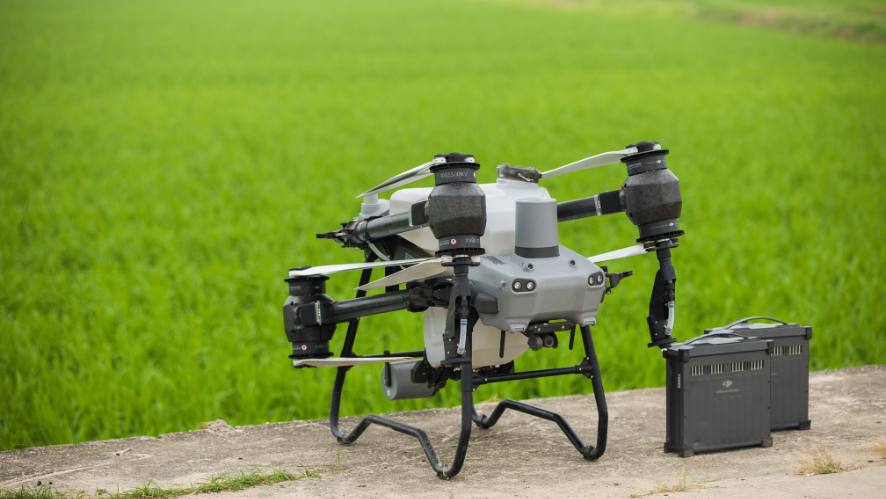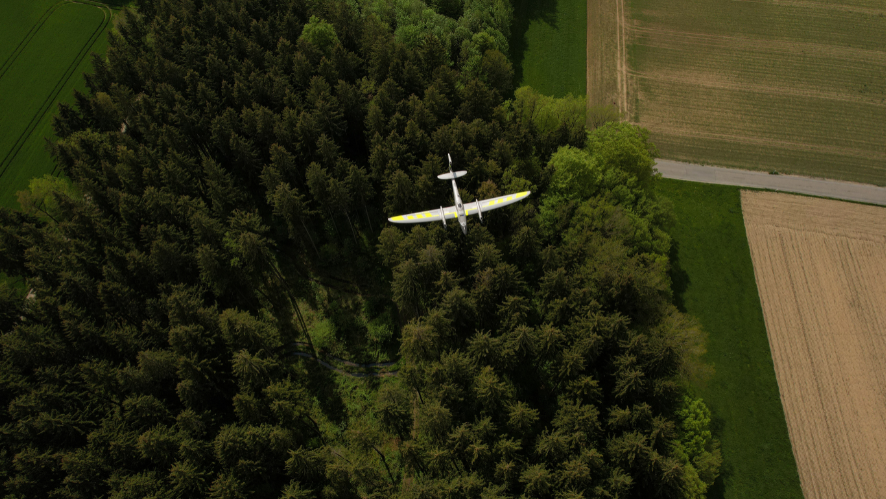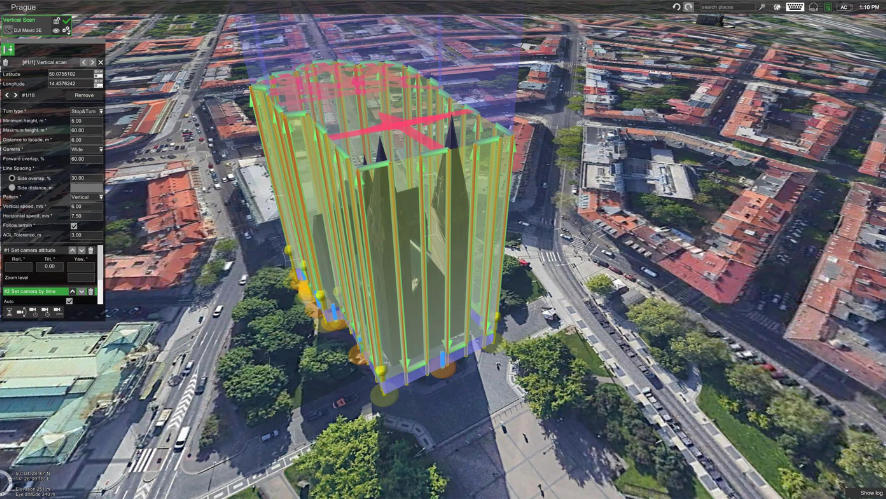The acronym FPV stands for “First Person View“. Explained in more detail, this concept refers to FPV drones, i.e. UAVs that are operated from the perspective of the drone itself, with the pilot operating the drone from the ground.
Thanks to this method, the drone can fly much higher and reach a greater distance than is possible with ground piloting. FPV drones incorporate a small camera and a video transmitter through which they receive the corresponding signal. This signal can be received in various ways, either via the flight goggles or via an external monitor.
Nowadays, FPV drones have a variety of applications in a multitude of activities, as well as a number of advantages.
What are FPV drones used for?
Having explained the meaning of FPV drones, we will mention the main uses of FPV drones, as well as their most characteristic applications and uses.
FPV drones for professional racing
FPV drones can be used for professional racing. As we have already mentioned, this type of UAV is based, fundamentally, on having the perspective of the drone itself. In this way, the pilot will compete with a much closer view than he would have if he were to see it from the ground.
Freestyle FPV Drones
As its name suggests, Freestyle is a freestyle from which it will be possible to perform tricks or fly over incredible places with total freedom, always taking into account the regulations and legislation in force. As FPV drones provide a first-person view, the pilot will have the possibility to receive the image in a close and real way.
FPV drones for film recordings
FPV drones are extremely useful for obtaining quality images that will later be incorporated into film recordings. This technology will not only allow the drone to access places that would be impossible for camera operators, but also, given the possibility that the operator has to see in real time and realistically what the UAV is flying over, the accuracy of the shots will be impressive.
What are the different parts of FPV drone equipment?
FPV drones are made up of different parts, which have totally different functionalities. Here, from HPDRONES we will mention some of the main ones, as well as a brief explanation about their purpose.
The chassis
As is well known, the chassis is the structure of the drone. Its purpose is to hold together the different parts that make it up. Its main function is to show durability and resistance to possible knocks and damage that the UAV may suffer. It is advisable that, in order to fulfil the purpose previously mentioned, it should be made of a material that is resistant to the unforeseen events that may arise.
FPV system
The FPV system is the main distinguishing feature of this type of drone. Consisting of a camera and a transistor, it is responsible for sending the signal and the resulting image to the person who is driving the drone on the ground. The better this system is, the better the image quality will be.
FPV goggles
These are another of the most characteristic elements of this type of drone. Thanks to the signal emitted by both the transmitter and the drone’s camera, the goggles show the operator the corresponding image. Depending on its quality, the image will be better or worse.
Remote control
Remote control refers to the controls by which the operator on the ground operates the FPV drone. Generally, it consists of two levers from which the height and speed at which the UAV flies is calculated. Its sensitivity will depend on the FPV drone in question, but normally it has to be handled with care in order to ensure that the movement of the device is dynamic and fluid.
In conclusion, FPV drones are an alternative if you are looking for quality, precision and experience. As mentioned throughout the text, this type of UAV gives the operator the possibility to experience first-hand the vision that the device is having during the flight.
If you have any questions, please contact us! Our team will be happy to provide you with all the information you need about this type of UAV.



